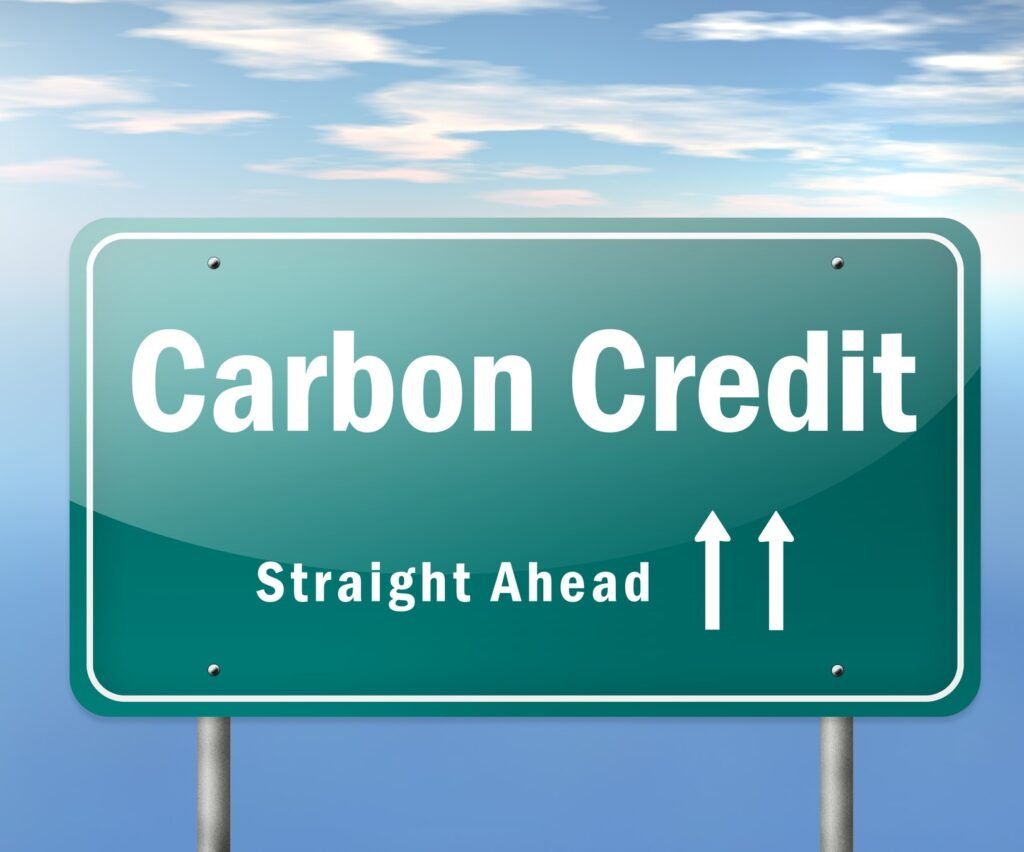
SAN JOSE – As climate change becomes an increasingly urgent issue, many individuals and businesses are seeking ways to offset their carbon footprints. Carbon offset credits are one effective solution, allowing you to support projects that reduce greenhouse gas emissions elsewhere, compensating for your unavoidable emissions. Here’s an in-depth guide on how to buy carbon offset credits effectively and responsibly.
Understanding Carbon Offsets
What are Carbon Offsets?
Carbon offsets are measurable, verifiable emission reductions from certified climate action projects. By purchasing these credits, you support projects that decrease greenhouse gas emissions, such as renewable energy installations, reforestation efforts, or methane capture from landfills.
Why Buy Carbon Offsets?
- Climate Responsibility: Offsets allow you to take responsibility for unavoidable emissions.
- Corporate Social Responsibility (CSR): Companies can enhance their sustainability profiles.
- Regulatory Compliance: In some regions, offsets help meet mandatory emission reduction requirements.
Steps to Buying Carbon Offset Credits
- Calculate Your Carbon Footprint
Before purchasing offsets, determine the size of your carbon footprint. This includes emissions from activities like energy consumption, transportation, and waste. Many offset providers offer carbon calculators on their websites to help you estimate your emissions accurately. You can also use the United States Environmental Protection Agency’s carbon footprint calculator to get started.
- Reduce Your Emissions First
Prioritize direct reduction of your emissions through energy efficiency, renewable energy, and sustainable practices. Offsets should complement these efforts, not replace them.
- Research Offset Providers
Choose reputable offset providers. Look for those who:
- Provide transparent information about their projects – Example: Solaxy Group Corp.
- Use third-party verification to ensure emission reductions are real and additional.
- Offer detailed project descriptions and outcomes.
Key Concepts in Carbon Offsetting
Project Additionality
Additionality is a key criterion in evaluating the quality of a carbon offset project. It means that the project would not have occurred without the financial support from selling carbon credits. This ensures that the emissions reductions are truly additional to any that would have happened anyway. Providers typically verify additionality through financial tests (to see if the project is not financially viable without the credits) or regulatory tests (to ensure the project is not required by law).
Types of Offset Projects
- Avoidance Projects: These projects prevent emissions from occurring. Examples include renewable energy projects like wind or solar farms, which avoid emissions from fossil fuel power plants, and methane capture projects at landfills or livestock operations, which prevent methane, a potent greenhouse gas, from entering the atmosphere.
- Reduction Projects: These projects focus on reducing emissions from existing sources. For instance, energy efficiency projects that upgrade industrial processes or buildings to use less energy.
- Removal Projects: These projects remove CO2 from the atmosphere and store it. Examples include reforestation and afforestation projects, where trees absorb CO2 as they grow, and carbon capture and storage (CCS) technologies that capture CO2 from industrial processes and store it underground.
Third-Party Verification
Third-party verification is crucial for ensuring the integrity and credibility of carbon offset projects. Independent verifiers assess the projects to confirm that they deliver the claimed emissions reductions. They follow rigorous standards and methodologies to verify:
- Baseline Emissions: The amount of emissions that would have occurred without the project.
- Actual Reductions: The amount of emissions reduced by the project.
- Additionality: Confirmation that the project would not have happened without the offset funding.
- Monitoring and Reporting: Regular updates and accurate reporting on the project’s performance.
Prominent third-party verifiers include organizations like Verra (which manages the Verified Carbon Standard), the Gold Standard, and the Climate Action Reserve.
Registries
Registries play a critical role in tracking the issuance, ownership, and retirement of carbon offset credits. When you purchase offsets, the credits should be retired in a publicly accessible registry to prevent double-counting (the same credit being sold more than once). Major registries include:
- Verra Registry: Tracks Verified Carbon Units (VCUs) from projects certified by the Verified Carbon Standard.
- Gold Standard Registry: Manages credits from Gold Standard-certified projects, emphasizing sustainable development and high environmental integrity.
- Climate Action Reserve: Focuses on North American projects, ensuring transparency and quality in the offset market.
Making the Purchase
Select the Amount of Offsets
Based on your carbon footprint calculation, decide the amount of offsets to purchase. Some providers allow you to buy offsets in smaller quantities for specific activities, like flights, or in bulk for annual emissions.
Complete the Transaction
Most providers offer online purchasing options. You can pay via credit card, bank transfer, or other methods. Ensure you receive a certificate or receipt confirming the retirement of your purchased offsets.
Verifying and Monitoring
Track Your Offsets
Reputable providers use registries to track and retire offsets. You can verify your purchase through these registries, ensuring the offsets you bought are no longer available for others.
Monitor the Impact
Follow up on the impact of your offsets by reviewing project reports and updates. Many providers offer regular updates on project progress and outcomes.
Benefits of Buying Carbon Offsets
- Environmental Impact: Supports projects that reduce greenhouse gas emissions.
- Social Benefits: Many projects also contribute to local communities, providing jobs and improving living conditions.
- Economic Advantages: Investing in offsets can be cost-effective compared to other emission reduction methods.
Buying carbon offset credits is a proactive step toward mitigating climate change. By understanding your carbon footprint, reducing emissions first, and purchasing high-quality offsets, you can make a significant positive impact. Remember to choose reputable providers and verify the authenticity and impact of your offsets to ensure your contributions lead to real, measurable environmental benefits.
By following this comprehensive guide, you can confidently navigate the process of buying carbon offset credits, contributing to a more sustainable and balanced world.


